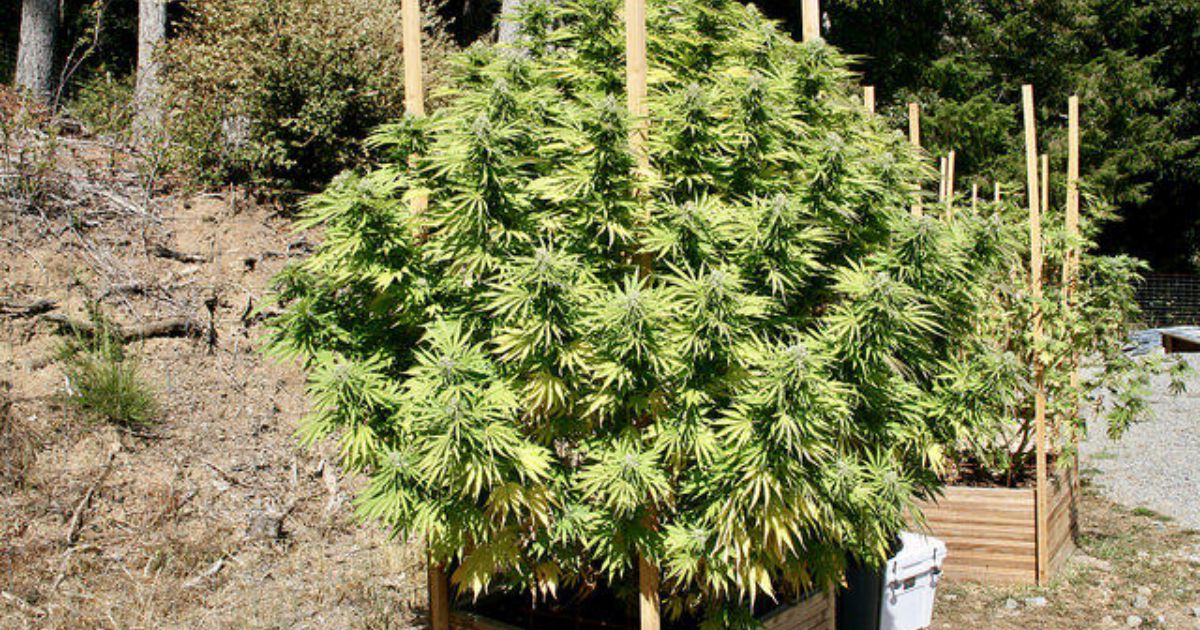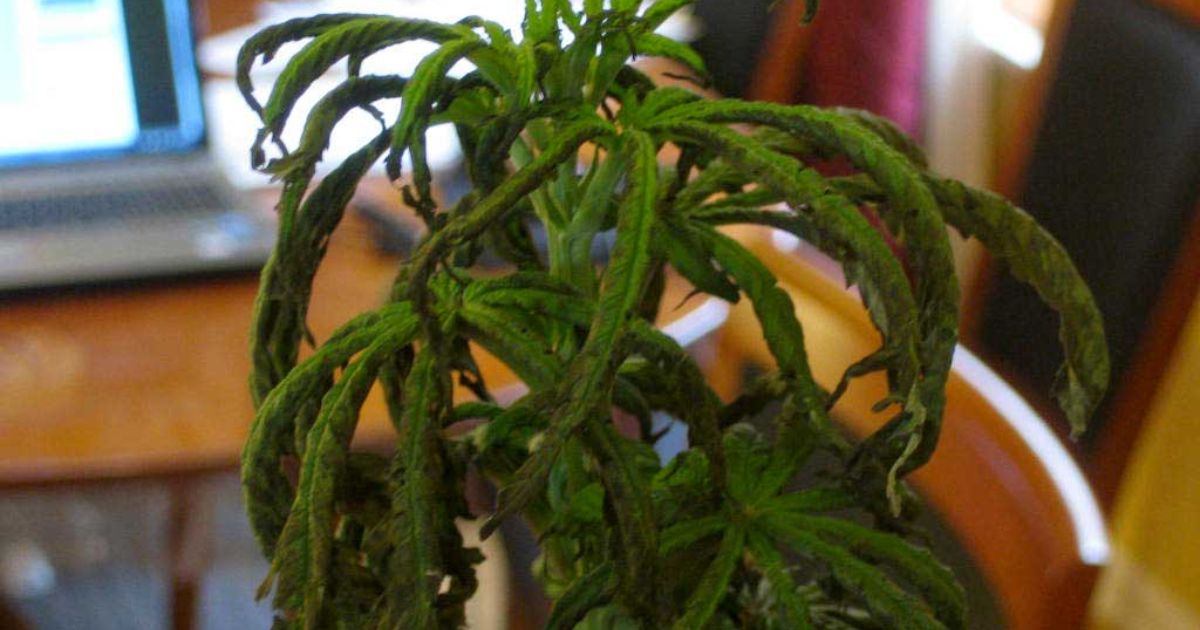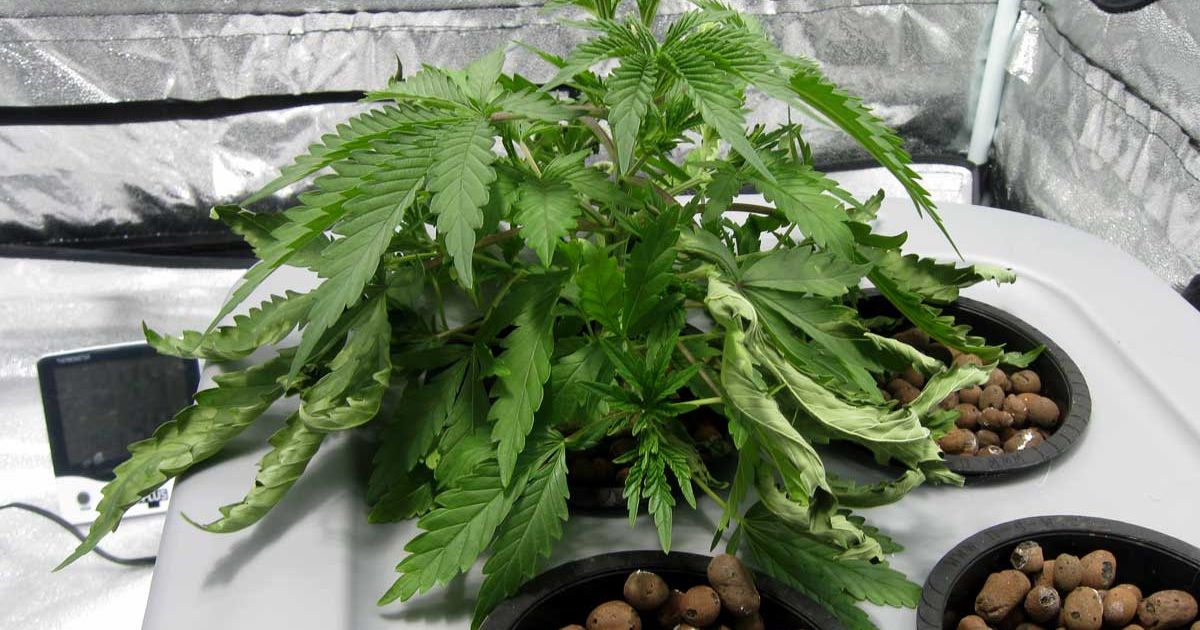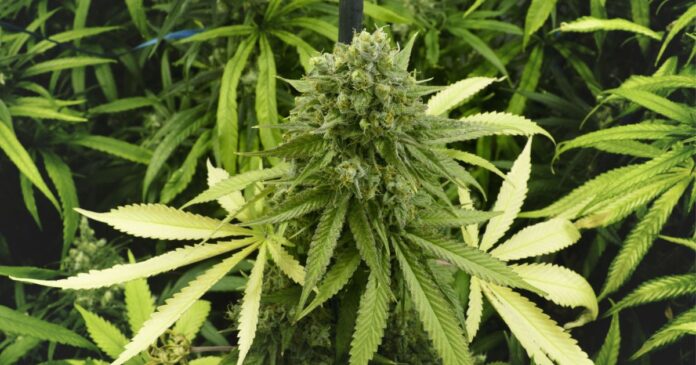Nothing feels more disheartening to a gardener than stepping outside to find once-vibrant plants looking weak, tired, and droopy. Those sagging leaves and limp stems are often a plant’s silent cry for help. Whether you’re growing flowers, herbs, or vegetables, drooping is usually a sign that something isn’t right and your plants are struggling to cope with stress from their environment.
Outdoor plants face several challenges that indoor ones don’t, such as scorching sunlight, unpredictable rainfall, fluctuating temperatures, pests, and wind. Each of these factors can throw off a plant’s natural balance, leading to wilting or drooping leaves. The good news? In most cases, drooping doesn’t mean your plant is dying; it’s simply asking for a bit of care and attention.In this guide, we’ll explore the most common reasons why outdoor plants droop, how to identify the exact cause, and the best ways to bring your garden back to life.
Understanding Plant Drooping
When outdoor plants start to droop, it’s their natural way of signalling distress. Just like people feel tired after a long, hot day, plants also experience fatigue when conditions aren’t ideal. Drooping or wilting happens when a plant loses more water through its leaves than it can absorb through its roots. This imbalance causes the leaves and stems to soften, bend, and appear lifeless.
It’s important to understand that not all drooping is the same. Sometimes it’s a temporary response to heat or stress, and your plant will bounce back within hours. Other times, it’s a sign of a deeper problem, How to Identify White Spots on Cannabis Plants such as root rot, nutrient deficiency, or pest damage, that requires immediate attention.

You can tell the difference by observing how quickly your plant recovers.
- If your plant perks up after watering or when the temperature cools, it’s likely a temporary wilt.
- If it stays limp and dull for days, even after proper care, you might be dealing with a long-term issue affecting the soil, roots, or overall plant health.
Understanding this simple signal is the first step toward saving your plants. Once you know what’s causing the droop, sun scorch plants, you can take targeted action to help them regain their strength and vitality. Explore Hookahmarket online store
Common Causes of Outdoor Plant Drooping
Outdoor plants droop for many reasons, from weather extremes to watering mistakes. Understanding the exact cause is key to reviving your plants quickly. underwatering vs overwatering Below are the most common culprits behind droopy outdoor plants and how each one affects them.
Water Stress (Overwatering or Underwatering)
Water stress is the most common reason outdoor plants droop. Both too much and too little water can lead to wilting.
- Underwatering: When soil drainage improvement dries out completely, roots can’t pull up enough moisture. Leaves lose firmness, stems bend, and the plant looks limp.
- Overwatering: Constantly soggy soil suffocates root rot signs leading to rot and oxygen deprivation. The result? Leaves droop even though the soil feels wet.
Excessive Heat and Sun Exposure
Outdoor plants exposed to intense sunlight or high temperatures often wilt during midday. The heat increases transpiration (water loss from leaves), magiccann causing temporary drooping even if soil moisture is adequate.
Poor Soil Conditions
If your soil is too compacted, clay-heavy, or lacks nutrients, it can’t retain the right balance of water and air. This prevents roots from breathing and absorbing essential minerals, leading to weak, droopy plants.
Transplant Shock
Recently moved or repotted plants often droop because their roots are disturbed and struggling to adjust to a new environment. transplant shock plants This temporary droop, known as transplant shock, happens as the plant re-establishes its root system.
Pests and Diseases
Tiny invaders like aphids, spider mites, thrips, and fungus gnats can weaken plants by sucking out sap and damaging leaves. How to Get Clones to Root Fast Fungal infections or root rot caused by poor drainage can also cause drooping and discolouration.
Root Damage
Roots are the lifeline of any plant. If they’re damaged by digging, pests, or rot, they can’t supply enough water and nutrients to the upper parts, causing drooping.
What’s likely causing drooping

- Underwatering or uneven watering: the soil dries out between waterings, roots can’t absorb moisture, and leaves sag.
- Overwatering and poor drainage: waterlogged soil suffocates roots, and symptoms resemble underwatering.
- Heat and sun stress: In hot afternoons, even well-watered plants can droop as a coping mechanism; check if the plant is in direct, intense sun for long periods.
- Transplant shock or recent movement: plants moved from nursery pots or different conditions may drooping plant diagnosis for a few days as they re-establish their roots.
- Root or soil problems, such as compacted soil, heat stress wilting pests in the root zone, or disease, can hinder water uptake.
- Cold snaps or sudden temperature changes: roots slowed by low temperatures can droop even if the air looks mild.
- Pests or diseases, Best Soil Mixture for Cannabis such as soil-dwellers (like nematodes or root maggots) or vascular issues, can cause wilting and drooping.
How to diagnose quickly
- It is possible to use a moisture meter or your finger on the soil. Inches deep. If dry, water; if consistently wet, improve drainage.
- Inspect the foliage: wilted leaves that are limp but still firm may indicate water issues; soft, dark, or mushy areas can signal root problems.
- Look at the stem and base: if stems are soft or blackened near the soil, root problems may exist.
- Assess sun exposure: note how long the plant is in direct sun; charak neo tablet uses in hindi move sensitive plant wilting causes to partial shade during peak heat.
- Examine roots if safe to do so: gently lift the plant and check for healthy, white roots versus dark, mushy ones (signs of root rot).
Immediate actions you can take
- If soil is dry: water deeply until moisture reaches the root zone, then wait to observe recovery over 24–48 hours.
- If soil is waterlogged: stop watering, improve drainage, and consider gently lifting the plant to air out the roots; remove excess mulch or compacted soil.
- For heat stress: provide afternoon shade or a light canopy, and ensure consistent moisture without overwatering.
- For transplant shock: keep the soil evenly moist, How Much Water Does a Cannabis Plant Need avoid fertiliser for a few weeks, and give the plant time to adjust.
- For suspected pests/disease: inspect the soil and wilting diseases xylem clogging stems for signs of pests; treat accordingly with appropriate controls or consult local garden guidance.
Preventive tips

- Water sparingly and thoroughly to encourage the growth of deep roots.
- Mulch to reduce soil temperature swings and moisture loss.
- Group plants with similar Best Time to Start Growing Weed Outdoors water needs to minimise care errors.
- Use well-draining soil and ensure pots or beds have adequate drainage.
- Monitor weekly during hot spells and after heavy rainfall to adjust watering.
Conclusion
Drooping outdoor plants can be worrying, but in most cases, it’s a natural signal that your plants need a little extra care. Whether it’s water stress, excessive heat, poor soil, transplant shock, pests, or root damage, identifying the cause is the first step toward bringing your garden back to life.By observing your plants closely, adjusting watering habits, improving soil quality, providing shade, and keeping an eye out for pests, you can help your droopy plants regain their strength and vitality. Remember, drooping isn’t always a sign of death; it’s your plant’s way of asking for attention.
With consistent care and patience, your outdoor garden can flourish, remaining lush, healthy, and vibrant throughout every season. After all, a little effort today will reward you with thriving, happy plants tomorrow.
FAQ
How long does it take for drooping plants to recover?
Recovery time depends on the cause. Temporary wilting due to heat or minor water stress can be recovered within a few hours after proper watering or shade. Plants suffering from root damage, disease, or severe nutrient deficiency may take days or even weeks to fully recover.
Can overwatered plants be saved?
Yes! Overwatered plants can often recover if caught early. Stop watering temporarily, ensure proper drainage, and gently aerate the soil. Removing any rotten roots and repotting in fresh soil can also help revive the plant.
Should I move drooping outdoor plants indoors?
Only if extreme weather (intense heat, frost, or storms) is the cause. Otherwise, it’s best to keep them outdoors and address the underlying issue, like watering, soil quality, or pests. Moving plants unnecessarily can cause additional stress.
How often should outdoor plants be watered in summer?
It depends on the plant species, soil type, and climate. Generally, check soil moisture daily; water deeply when the soil’s top 1-2 inches are dry. Watering in the early morning or late evening is ideal to reduce evaporation and heat stress.
Can pests cause drooping without visible damage?
Yes. Some pests, like root-feeding nematodes or tiny sap-sucking insects, may cause plants to droop before visible signs appear on leaves. Regular inspection of leaves, stems, and soil can help catch these early.




